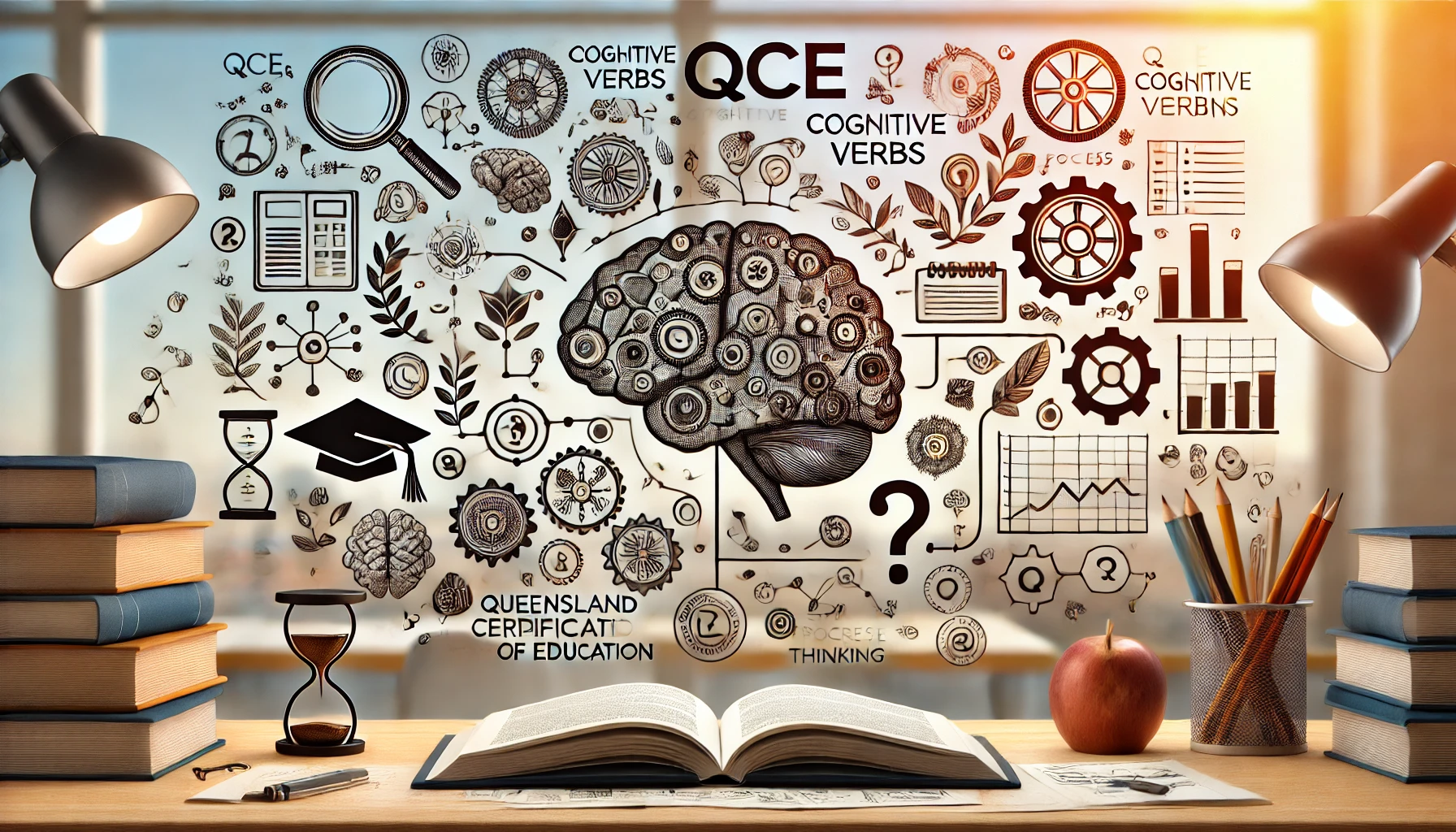
The 2024 QCE Physics cohort saw 7,447 students complete Units 3 and 4, a decline from the 8,120 students who finished Unit 2 and the 8,579 students who completed Unit 1. This trend reflects a progressive attrition rate, where some students either discontinued the subject or were unable to proceed through to the final stages. The transition from Units 1 and 2 to Units 3 and 4 is critical, as only results from the latter contribute to ATAR calculations. Schools and educators may find it valuable to investigate the factors contributing to this decline, ensuring that students are adequately supported to maintain engagement and success throughout the full course.

Understanding the QCE Physics Exam: Format, Expectations, and Key Focus Areas
The QCE Physics external examination is a critical component of the subject's assessment, contributing 50% of a student’s final result. Designed to evaluate students' understanding of Units 3 and 4, the exam assesses both theoretical knowledge and problem-solving skills across key physics topics.
The assessment includes a mix of multiple-choice, short-response, and extended-response questions, requiring students to apply concepts, interpret data, and solve complex problems. The syllabus outlines the key areas of focus, including gravity and motion, electromagnetism, special relativity, quantum theory, and the Standard Model of particle physics. The exam is structured to ensure students can demonstrate their ability to describe, explain, analyse, interpret, and evaluate physics phenomena in a clear and logical manner.
Success in the external examination relies on a strong grasp of fundamental principles, proficiency in mathematical applications, and the ability to communicate scientific reasoning effectively. Given its weight in the final grade, students must adopt strategic study practices, engage with past papers, and refine their problem-solving techniques to maximise performance.
💡Ace your QCE Physics exam with this comprehensive guide!
Insights from multiple choice questions in the 2024 Physics exam
The easiest question in both the General and AS exams was Question 5, where 86.50% of General students and 69.22% of AS students selected the correct response. This suggests that students were well-prepared for the concept assessed in this question.
Easiest Questions (Highest Percentage in the Most Commonly Correct Category)
- Physics General: Question 5 (86.50% correct in A)
- Physics AS: Question 5 (69.22% correct in A)
Both versions of the exam had Question 5 as the easiest, with the highest percentage of students selecting the correct response.
In contrast, the hardest question differed between the two exams. In the General exam, Question 3 was the most challenging, with only 9.46% of students selecting the correct answer in category C. Meanwhile, in the AS exam, Question 16 proved the most difficult, with just 6.16% of students answering correctly in category C. These results highlight potential areas for curriculum refinement and targeted student support, particularly in topics related to these questions.
Hardest Questions (Lowest Percentage in the Most Commonly Correct Category)
- Physics General: Question 3 (9.46% correct in C)
- Physics AS: Question 16 (6.16% correct in C)
These questions posed the greatest challenge, suggesting that students struggled either with concept application or complex problem-solving.


Key Takeaways from the 2024 QCE Physics Examination Report
Key Skills for Success in QCE Physics
The 2024 QCE Physics examination report highlights essential skills that students should focus on to maximise their performance. Successful responses demonstrated a strong grasp of fundamental physics principles, precise application of mathematical reasoning, and clear scientific communication. High-achieving students consistently:
- Applied correct formulas and showed full working steps in calculations, ensuring logical progression.
- Interpreted graphical and tabular data accurately, making connections between given information and relevant physics principles.
- Explained concepts using appropriate scientific language, avoiding vague or overly generalised statements.
- Justified responses with relevant evidence, rather than simply stating answers without reasoning.
- Demonstrated error analysis and uncertainty calculations, particularly in experimental contexts.

Advice to Students from the Examination Report
To improve overall performance in QCE Physics, the examination report provides targeted recommendations for students:
- Master Core Concepts: Many students struggled with applying fundamental physics laws correctly. A deep understanding of motion, electromagnetism, relativity, and quantum theory is essential.
- Develop Strong Problem-Solving Skills: Physics exams test both conceptual understanding and application. Practice breaking down multi-step problems, identifying key variables, and ensuring that answers are contextually relevant.
- Refine Graphical Interpretation: A significant number of students misread data representations, including graphs and tables. Be sure to extract trends, compare values, and use correct units when discussing graphical information.
- Use Precise Scientific Terminology: The use of informal or incorrect terminology led to lower marks, particularly in extended-response questions. Ensure responses are technically accurate and aligned with syllabus expectations.
- Understand Marking Criteria: The best responses were those that directly addressed the question with structured explanations and relevant examples. Reading the question carefully and structuring responses logically will help maximise scores.
💡Check out this comprehensive guide that explores the new QCE system and its impact on high school education in Australia.
Common Mistakes in the 2024 Physics Exam
The examination report identifies frequent errors and misconceptions among students, particularly in the following areas:
- Mathematical Missteps
- Incorrect substitution of values into formulas.
- Rounding errors and misuse of significant figures.
- Forgetting to include units in final answers.
- Mixing vector and scalar quantities incorrectly in calculations.
- Graphical Analysis Errors
- Failure to identify trends or patterns in provided graphs.
- Misinterpreting axes and scales, leading to calculation mistakes.
- Omitting explanations when discussing graphical relationships.
- Conceptual Confusions
- Mixing up physics laws (e.g., confusing Newton’s laws with energy principles).
- Inability to explain experimental uncertainties and limitations.
- Weak understanding of electromagnetism, particularly in applying right-hand rules for forces and fields.
- Lack of Justification in Extended Responses
- Many students simply stated conclusions without explaining their reasoning.
- Responses often lacked depth, with vague references to concepts rather than detailed explanations.
- The highest-scoring responses linked multiple physics concepts together, rather than treating questions in isolation.
- Misreading the Question
- Some students ignored key terms, leading to irrelevant responses.
- Others failed to break down multi-part questions, missing out on easy marks.
Final Thoughts
To excel in QCE Physics, students must strengthen conceptual understanding, refine problem-solving strategies, and improve clarity in explanations. Avoiding common errors—such as calculation mistakes, misinterpreting graphs, and weak justifications—will significantly improve performance. With consistent practice and attention to detail, students can enhance their exam technique and achieve top marks in Physics.








